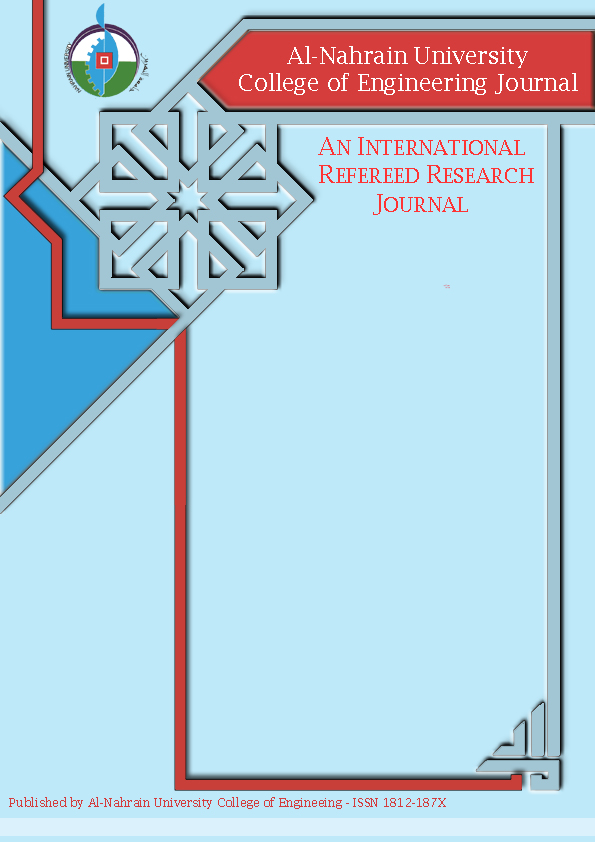Simulation Study of Prostate Tissue Ablation by Pulsed Nd:YAG, Ho:YAG and Thulium Fiber Surgical Lasers with Minimum Carbonization Effect
Keywords:
Ho:YAG laser, Nd:YAG laser, Thulium fiber laser, prostate tissue ablation, ANSYS software, Gambit programAbstract
The laser-tissue interaction and its thermal effects depend on the parameters of both of the tissue and the used laser. In this paper the laser ablation efficiency of prostate tissue has been studied theoretically by using pulsed Nd:YAG, Ho:YAG and Thulium fiber surgical lasers. Different levels of energies were considered for these lasers, which operate in 20 and 40 Hz pulse repetition frequencies (prf) to evaluate the prostate tissue temperature rise up to the required ablation state. The Gambit program was used first to simulate the geometrical shape of the treated prostate tissue, then the radiative transfer equation (RTE) of the ANSYS Fluent program was applied to simulate and solve the ablation process equations. The results showed that the low rates of repetition frequencies and low laser energies increase the allowed time for safe ablation operation before reaching the carbonization state. It was found also that although the Ho:YAG laser vaporizes prostate tissue faster than the Thulium fiber laser did, the pulsed Thulium fiber laser produced much lower temperature side effects like coagulation, hyperthermia and carbonization of the rest of the prostate tissue, which is surrounding the ablated zone for the same applied average powers by the other two lasers.
Keywords: ; ; ; ; ; .
Downloads
Downloads
Published
Issue
Section
License
The authors retain the copyright of their manuscript by submitting the work to this journal, and all open access articles are distributed under the terms of the Creative Commons Attribution-NonCommercial 4.0 International (CC-BY-NC 4.0), which permits use for any non-commercial purpose, distribution, and reproduction in any medium, provided that the original work is properly cited.









